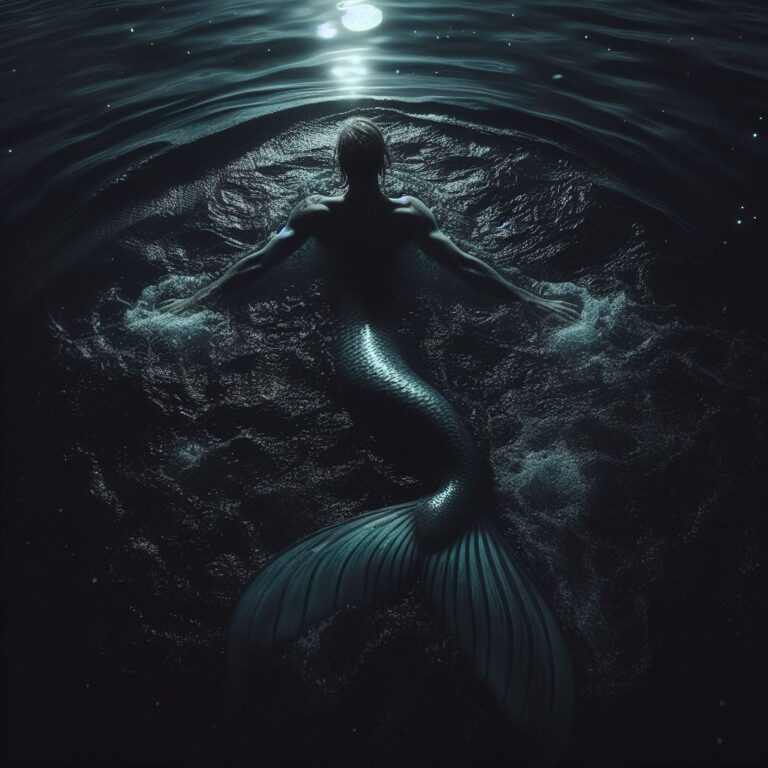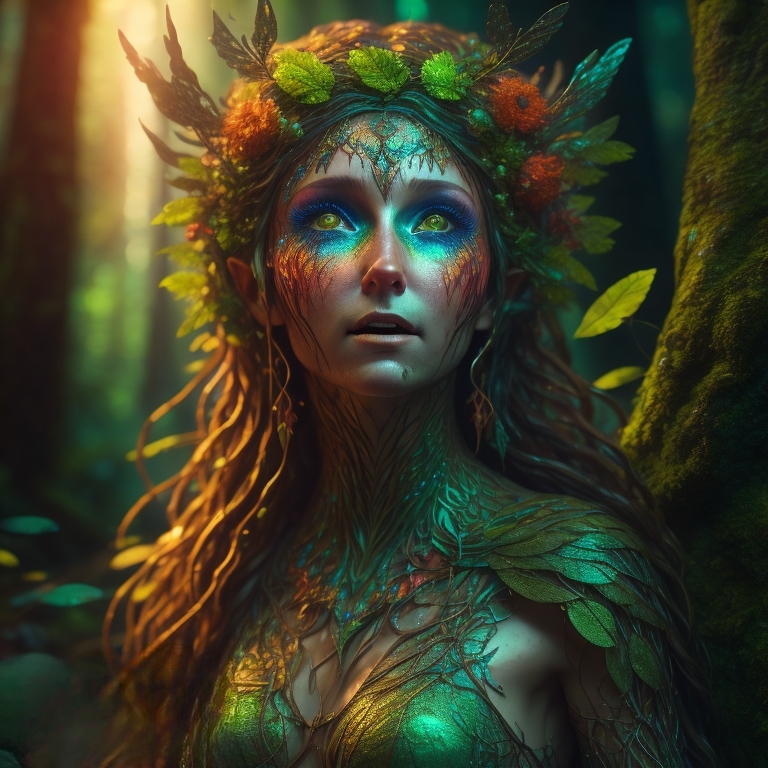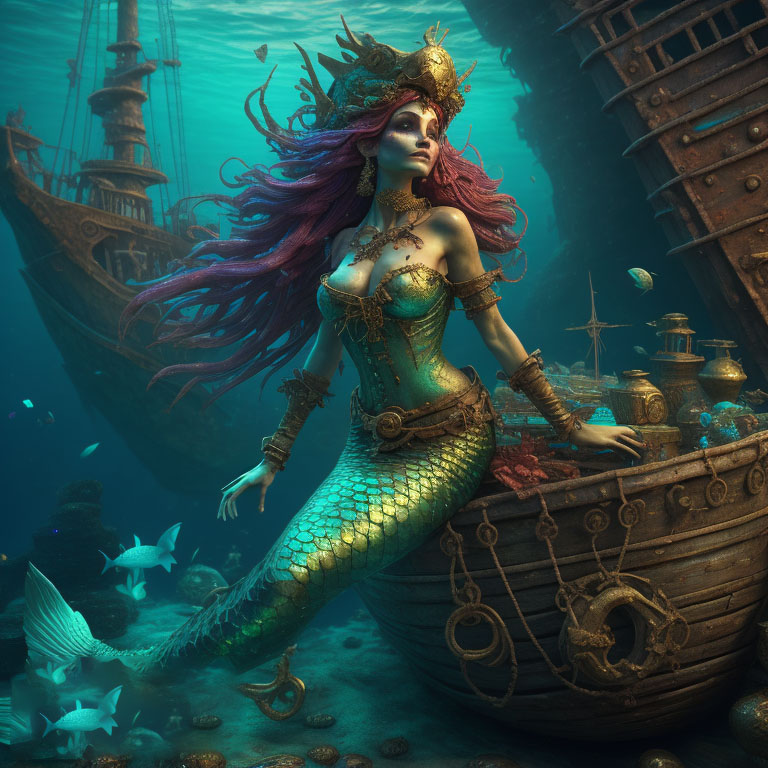
Mermaids have been part of mythology and folklore for thousands of years. Stories of beautiful maidens with fishtails instead of legs have captivated people’s imaginations across different cultures worldwide.
From Hans Christian Andersen’s classic fairy tale to Disney’s animated musical, mermaids continue to be popular in books, films, art, and more.
But where did the mermaid myth originate, and could mermaids actually exist in the ocean depths?
This article will dive into the history and prevalence of mermaids in world mythology, hoaxes and supposed sightings, their role in literature and media, and how people keep the mermaid legend alive today.
Just like the aquatic humanoids they depict, mermaids are fluid beings that have evolved across millennia while still retaining an air of mystery.
So let’s explore the myth and magic surrounding these iconic sea creatures.

Mermaid & merman Christmas Gift Wrap Papers
Mermaid Mythology Around the World
Mermaids appear in folklore from many different cultures, dating back thousands of years. The concept originated in ancient Greek and Roman mythology with the sirens – dangerous yet beautiful creatures who lured sailors to their doom with enchanting songs.
According to Homer’s Odyssey, Odysseus escaped the deadly sirens by having his sailors plug their ears and binding himself to his ship’s mast.
This began the portrayal of mermaids, or siren-like beings, as both mesmerizing and perilous.
Over time, variations of mermaid legends spread worldwide:
- Asian mermaids like the ningyo in Japan or haoadenn in China were often depicted as ominous omens bringing storms, bad luck, or foretelling war.
- Celtic and Norse mermaids (selkies, finfolk) had the ability to shed their fishtails to walk on land.
- In West African tradition, mami wata is a powerful water deity associated with healing, fertility, beauty, and wealth.
- Mermaid figures are also found in Native American art and Pacific Island legends.
So while the specifics vary across cultures, mermaids generally represent a connection between human and marine realms, as well as the mystery and danger of the sea.
The “Real” Mermaids – Hoaxes and Sightings
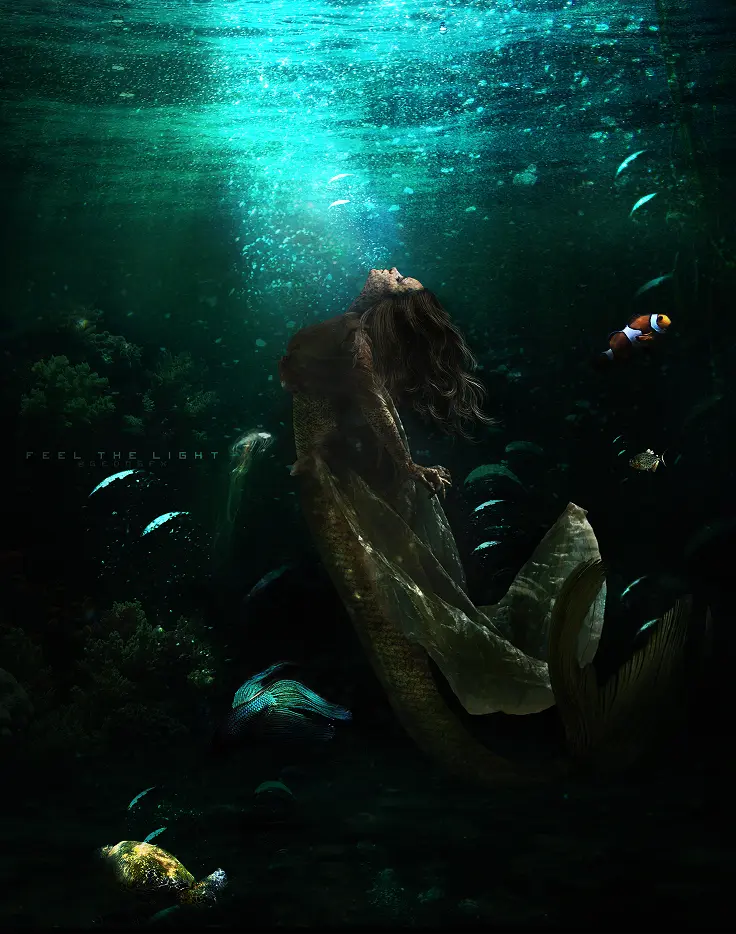
Image credits:deviantart.com
Stories of human-fish hybrids like mermaids seem confined to myth – or are they? There have been numerous mermaid “sightings” and hoaxes perpetuating the idea that these legendary beings may actually exist.
In 1842, P.T. Barnum introduced his infamous Feejee mermaid specimen to the public. This mummified creature combined monkey and fish parts to create a convincing mermaid figure, fooling many into believing it was real. Since then, there have been other mermaid hoaxes using artistic illusions or outright trickery.
There are also centuries of anecdotal reports of mermaid sightings. Sailors often claimed to see womanly figures with tails in the water, spurring legends like that of Hans the Mermaid in 17th century Holland.
Some supposed mermaid remains – desiccated carcasses, bones, scales – have been displayed in curiosity cabinets and museums. While likely fabricated, these artefacts hint at people’s desire to prove merfolk real.
Even today, there are occasional mermaid sighting claims, fueling public fascination. So while scientific evidence remains elusive, the ocean’s uncharted depths allow some to imagine mermaids swimming below.

Mermaid and merman Christmas Mug 11oz
Mermaids in Literature
Mermaids star in many iconic works of literature, especially children’s fairytales and fantasy.
Hans Christian Andersen’s 1837 story “The Little Mermaid” arguably sparked modern mermaid pop culture frenzy.
This melancholic tale of a mermaid falling in love with a human prince inspired adaptations like Disney’s film.
In J.M. Barrie’s Peter Pan, the mermaid lagoon and Tinkerbell’s mermaid-like form nod to these mythical creatures.
Mermaids also appear in classics like Homer’s Odyssey, Edmund Spenser’s The Faerie Queene, and Tennyson’s poem “The Mermaid”.
Today, mermaids remain popular in kids’ books, YA fiction, and adult fantasy series.
From magical underwater kingdoms to 15th century mermaid heroines, these stories allow readers to vividly imagine what life could be like with a fishtail.
Mermaids in Film and Television
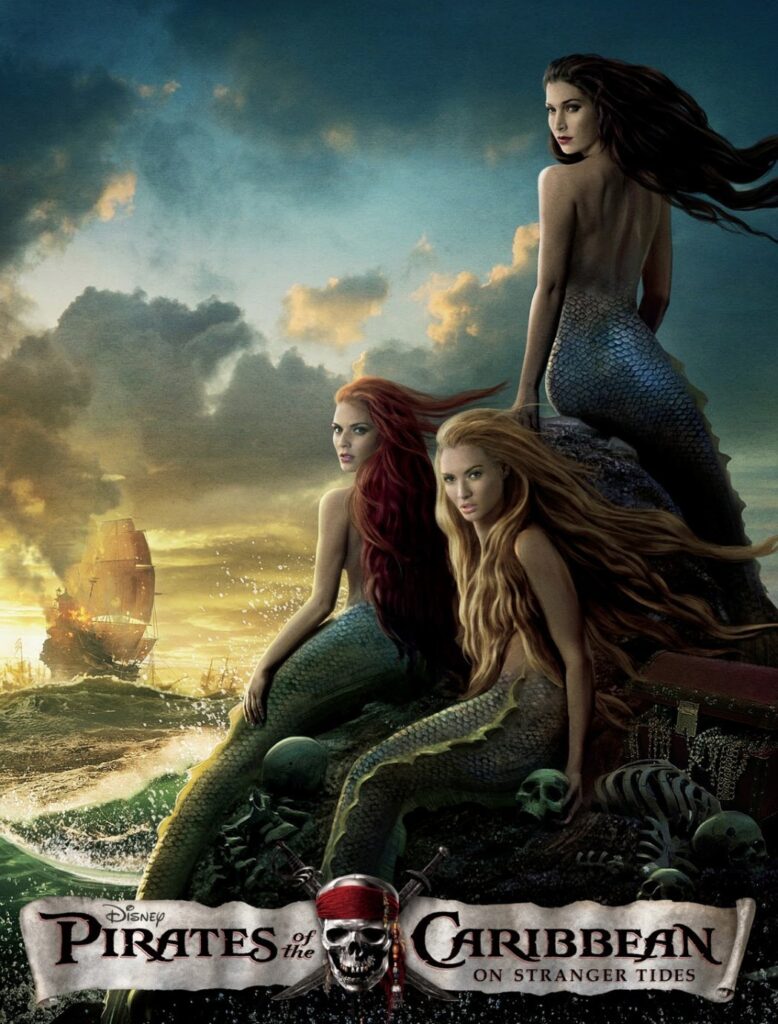
Image credits: Pirates of the Caribbean
Mermaids have made a particularly big splash on screens, from live-action movies to animated features.
Disney’s 1989 film The Little Mermaid brought Andersen’s heartrending tale to vibrant musical life. It also codified conventions for mermaid depictions – seashell bras, long flowing hair, fishy bottoms.
This family-friendly fantasy spawned merchandising, a Broadway show, and even a small theme park.
The Pirates of the Caribbean movies introduced merfolk to swashbuckling adventures on the high seas.
Zombie pirates, sea goddess Calypso, and a memorable mermaid battle scene are all part of the maritime magic.
On TV, the Australian series H2O: Just Add Water chronicled teens’ transformation into mermaids after magical encounters with the sea.
Serialized shows like this one, as well as films like Splash and Aquamarine, prove mer-stories have timeless youth appeal.
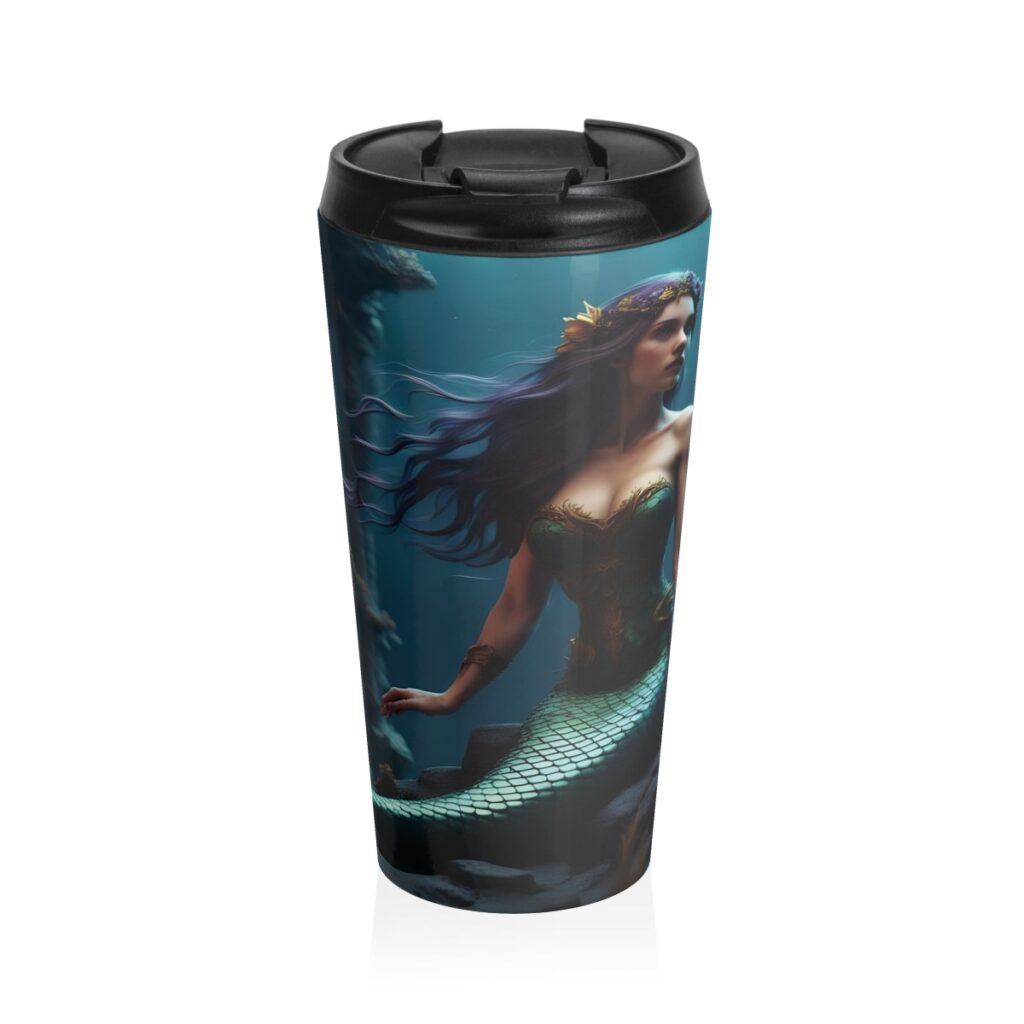
Mermaid Stainless Steel Travel Mug
Living Like a Mermaid
For mermaid devotees, embodying their favorite mythical beings goes beyond books and movies. Cosplay, underwater photography, and mermaid fin swimming let people immerse themselves in mer-fantasy.
Silicone and fabric mermaid tails allow swimmers to glide gracefully through water like their aquatic idols.
At conventions like the annual Mer-Con (anchor text: mermaid convention), hundreds flaunt glittering handmade costumes and get in character.
Underwater mermaid photo shoots in pools or oceans using fins and props transport everyday humans to spectacular fantasy settings. Mer-enthusiasts stay committed to their community and creative aquatic expressions.
So while science searches for proof of merfolk, fans keep the magic and mystique alive through imagination and play.
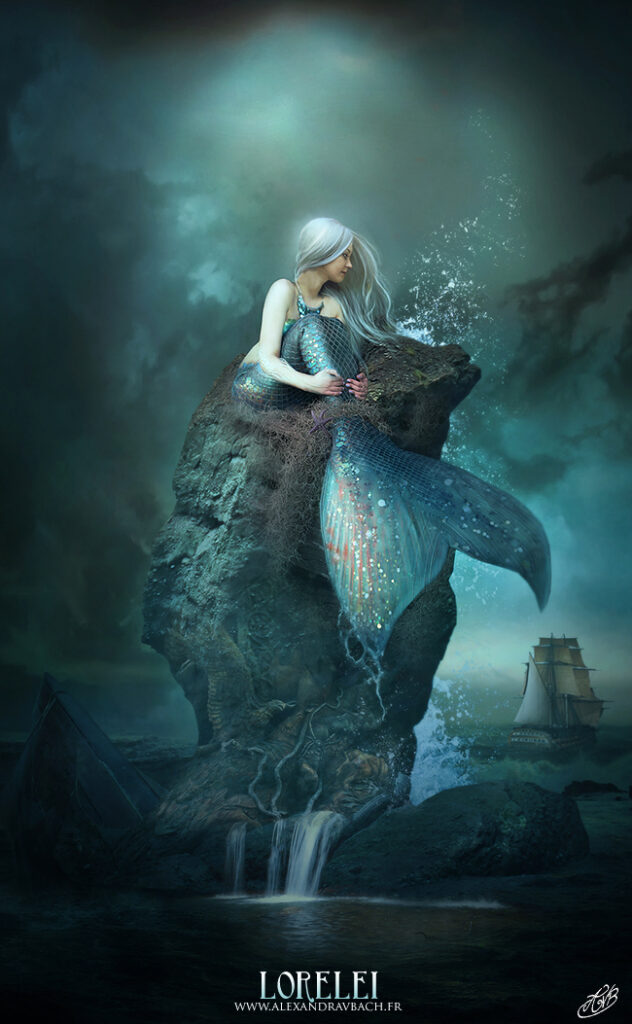
Image credits: Alexandravbach.fr
FAQs About Mermaids
Do mermaids really exist?
While mermaids remain the stuff of legend, some cling to the possibility they could dwell in unexplored ocean depths. But so far, no scientific evidence proves their existence.
Where can I buy a mermaid tail?
Many online retailers like Etsy sellers create and sell fabric mermaid tails and silicone mermaid fins for swimming. Prices range from $100 – $1000+ depending on materials and workmanship.
What do mermaids eat?
In folklore, mermaids eat seafood like fish, crabs, shrimp, seaweed, plankton, and more. Their underwater habitat provides ocean delicacies.
Can humans live underwater like mermaids?
Unfortunately, humans cannot breathe underwater like fictional mermaids. Scientists are developing experimental technology to aid underwater breathing, but it’s limited.
Conclusion
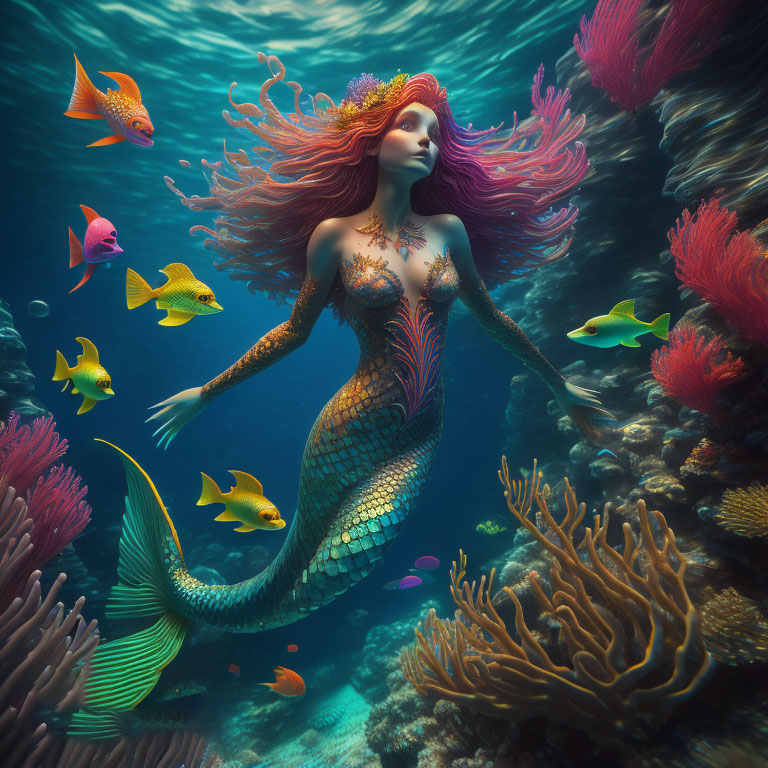
While mermaids remain mythical rather than real, these magical sea maidens continue inspiring our collective imagination.
From ancient folklore to family films, their fish-human hybrid form intrigues and delights across generations.
Mermaids transform and adapt to suit different cultures and mediums but always evoke a sense of aquatic enchantment. So next time you’re at sea, look out for a glimmering fin or womanly figure in the swelling waves – she just may be a whimsical water spirit come to life.

